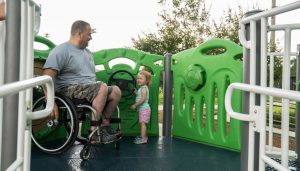September 20, 2018 | 12:00 to 1:00 p.m. ET | Register Now
Join us on Thursday, September 20 at 12:00 p.m. ET to learn about progress made toward achieving the Healthy People 2020 Access to Health Services Leading Health Indicators. You’ll also learn about a nonprofit community benefit organization working to increase access to primary care providers (PCPs) for vulnerable populations.…


